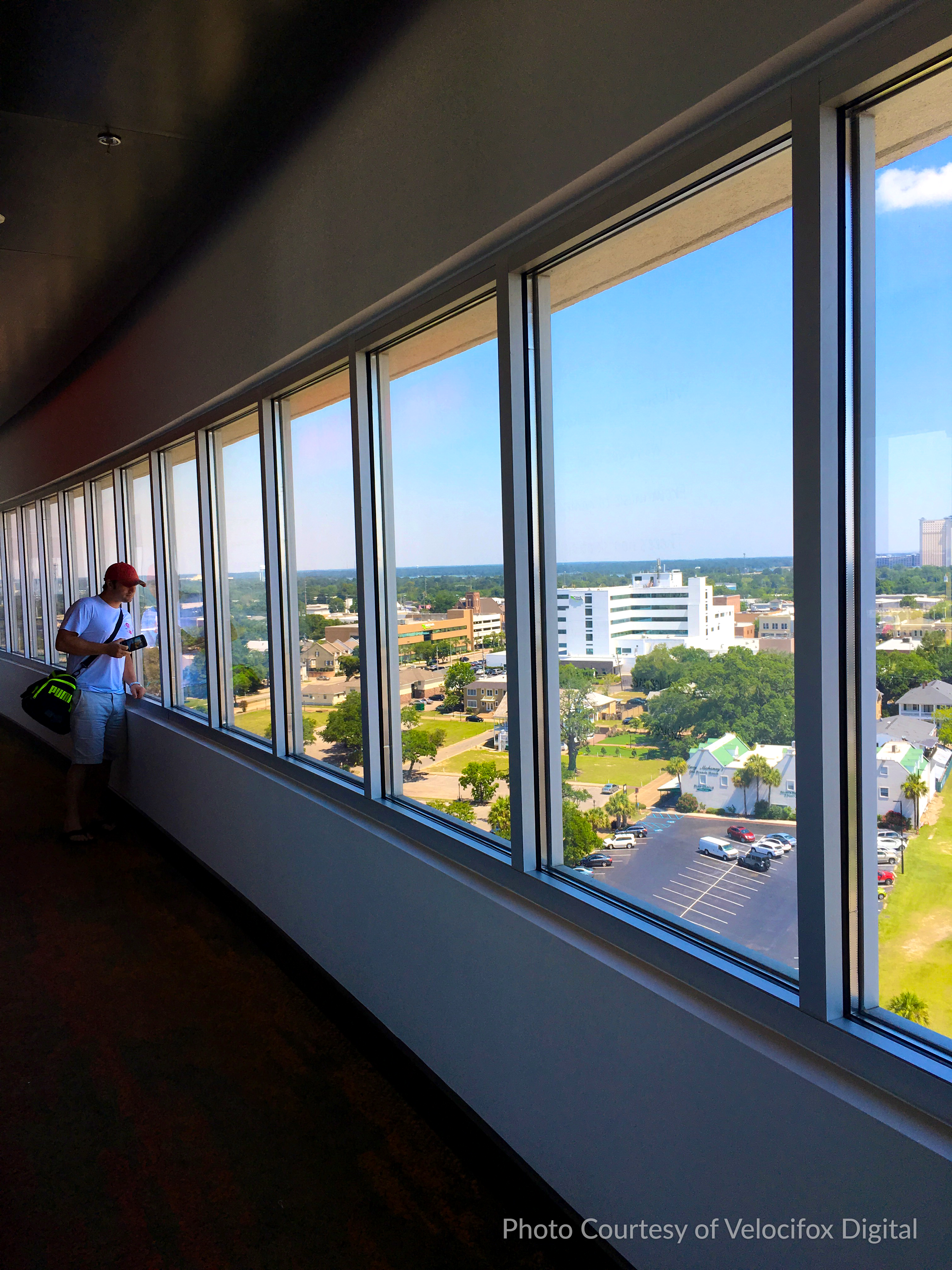When you buy or sell a home you must go through a process called “closing.” Closing is simply transferring ownership of the property from one person to another.
This is that final day is when all the players join each other in one room and sign the papers and moneys are exchanged before a new owner takes possession of the property. Closing can be an intimidating process but understanding that process makes it much easier on all parties involved.
Actually, real estate closing begins much sooner than that. The act of closing on a house begins at the moment a purchasing contract is signed. Closing can take 45 to 60 days but it can be done in less than 30 days.
The Steps (Pre-Closing)
- Inspection of the property. It is important to have a complete inspection of the property done to ensure there are no major defects in the home you are buying. Most loan companies require the inspection. Lenders, including Federal Housing Authority (FHA) have a set of guidelines on the condition of the property. In order to secure a loan, the property must meet the lender’s standards.
- Appraisal of the property is a requirement if you are going to secure a loan. Simply put the lender must know if the property has enough value to cover their investment.
- Title insurance protects the lender in the event the mortgage holder from any claims against the property after closing. These can include long lost family members, former owners from a mortgage foreclosure and other weird circumstances. But it’s also good idea to take out owner’s title insurance to protect you, the Buyer from the same kinds of claims, including unknown liens.
- Homeowners insurance must be purchased if your new home will stand as collateral for the loan you are securing.
- Walk-through – You are allowed a final walk-through 24 hours before closing. This step is important to help ensure the property is in the condition you agreed to, up to and including the day of closing. This is the opportunity to verify that any repairs or changes agreed upon have been done.
On closing day you’ll likely meet with the sellers of the home to sign the final documents. The closing usually takes place at the office of the escrowee – in Colorado, usually at the offices of a Title Company. Other attendees include real-estate agents, representatives from the bank (or other lenders) or the loan servicer. With the recent COVID-19 outbreak, though, attendance at the closing is usually restricted to the buyers and sellers only.
The closing is a relatively quick process (assuming you handled all the steps your lender and agent advised you to handle). You will sign the final documents and receive the keys to your home.
As a buyer, you’ll bring a certified check to pay the closing costs for your loan or you may have already arranged for a wire transfer of these funds (hopefully a couple of days in advance). The fees vary from state to state. You are also paying the fees associated with the insurance, title search, inspections, appraisals, and recording fees. You may also be expected to pay a pro-rata tax and interest amount (to cover the days before first payment due date).
At the Closing Table
This is where the seller of the property signs the documents which transfer ownership of the property. The buyer signs documents related to the mortgage agreement and ownership of the property. The buyer pays the closing costs unless the contract stipulates the seller pays some of the costs.
The documents include:
The settlement statement which details all the costs related to the sale of the house.
Mortgage note (which states that the buyer’s promise to repay the loan).
Mortgage or deed of trust (which secures the mortgage note)
After a stack of paperwork is reviewed and signed, the seller’s agent or title closer will pass to you keys to your new home, along with any garage door openers. The seller and real estate agents receive checks for the sale proceeds and commissions.
Helpful hints
This process usually takes only an hour or two, but do not try to rush through it and expect to close on your lunch hour. Take off work ½ a day and give yourself and the other parties’ involved ample time to ensure everything is in order or to accommodate unexpected delays.
Make sure your financing is in order before the closing date and there is no chance of your financing falling through at the last minute. You should receive a “clear to close” or “all clear” notification from your lender.
Make sure you know how much money to bring in the form of a cashier’s check or wire transfer prior to closing. Showing up at closing without the correct funds — or you forgot to do the wire transfer early enough — creates a closing nightmare.
Do NOT try to close on the last day of the month. For obvious reasons, everyone wants to close by month end as this can lead to a major time crunch. However, if an issue arises at closing, there is no time to correct it and still close by the end of the month. Ask your lender and agent to schedule your closing a day or two before the last day of the month at the latest.
Post-Closing
You’ll receive a folder or binder with most of the copies of the documents you signed. In some cases, title companies will give you an electronic copy. The mortgage and deed are recorded at your local recording office and you’ll later receive a copy of that recorded deed.
Though it may seem a bit overwhelming, you can see it’s mostly a lot of detail work. All of these things are done to ensure you are getting what you pay for and you and your mortgage company are protected. And we’re with you every step of the way to help.

